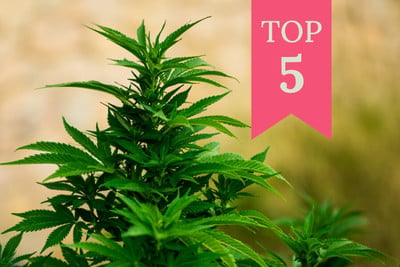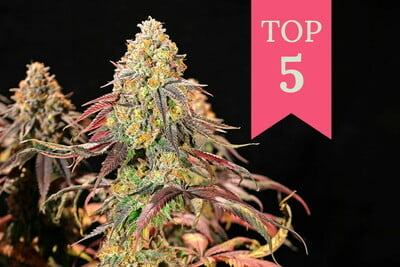.

How To Choose A Strain When Growing Indoors
Choosing a strain is one of the most important parts of growing weed. You need to select a variety that will fit in your grow space, provide a good yield, taste delicious, and be ready to harvest in the desired time frame.
Contents:
Growing cannabis indoors is an enjoyable experience. Cultivators have maximum control over the growing environment, allowing them to manipulate variables like watering schedule, temperature, humidity, gas exchange and more. However, growing indoors comes with its own set of challenges. Although plants are less likely to autumn prey to pests and succumb to diseases, growers have to consider many other factors.
Space is a major limiting factor indoors. Growers often have to take extreme measures to keep their operation clandestine. These potential barriers must be overcome through strategic strain selection. However, choosing a strain isn't just limited to what to avoid. There are hundreds of cultivars available, and almost all of them produce unique flavours, aromas, and effects. Growers need to consider what traits they want their plants to possess before germinating the seeds.
Choosing a strain can be hard. It's a process that can induce paralysis by analysis. Below, we’ll examine some of the most important factors to consider when growing indoors. By the time you reach the end of this list, you'll find it much easier to make a decision.
Height and space
Indoor growers rarely have much space at their disposal. Often, growing weed indoors means setting up a small grow tent in the corner of a room. If you're lucky, you'll have an entire spare room to dedicate to your operation. Either way, this amount of space isn't suitable for genetic giants.
As you're probably aware, there are two major subspecies of cannabis: sativa and indica. Sativa varieties tend to feature slender-fingered leaves and lanky frames, and grow to massive heights. Some varieties can easily exceed 3m. In contrast, indica strains possess broad-fingered leaves, lateral growth patterns, and are bushy in appearance.
If you're dealing with limited space, it's easy to see which subspecies is more suitable. With that said, pure indica and sativa strains are relatively rare. Most cultivars on the market are hybrids featuring varying ratios of both sets of genetics. If you're looking for a strain that's going to be easy to tame, it makes sense to select an indica-dominant variety. Because these cultivars possess more indica genetics, they reach smaller heights and are less likely to grow out of control.
This doesn't mean that indoor growers are limited to indica genetics. They can also enjoy buzzy sativa strains. However, growing a sativa giant indoors is impractical. Instead, growers can raise a large number of sativa-dominant autoflowers in a sea of green (SOG) and still obtain a good harvest.
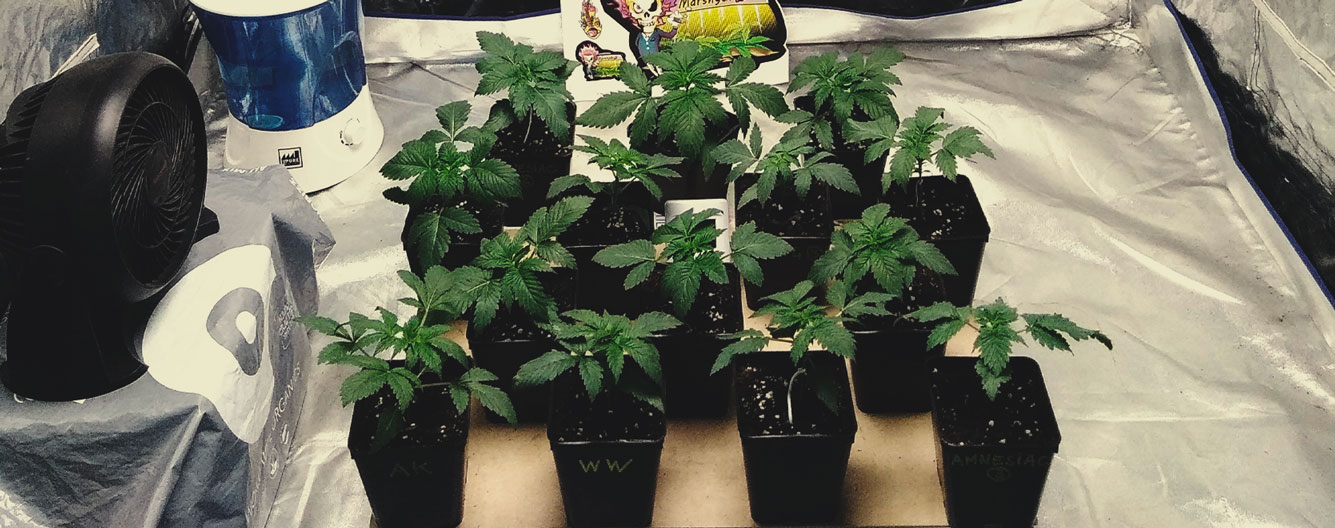
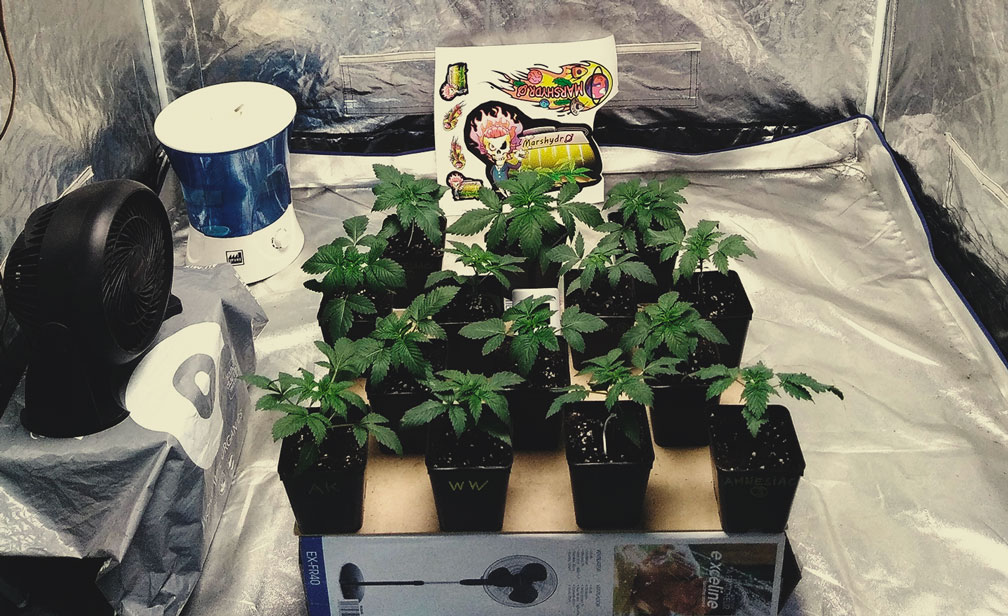
Autoflowering genetics stem from the third cannabis subspecies: Cannabis ruderalis. These genetics originate from Central Asia and Eastern Europe, and thus have adapted to the short flowering season. Pure ruderalis strains provide poor yields, but breeders can hybridise these genetics with popular indica and sativa varieties to give life to productive and potent autoflowers. Autoflowering strains usually inherit their small stature from the ruderalis parent and rarely exceed 1m in height.
Height is also an essential consideration for clandestine growers. Some cultivators have the luxury of growing in legal cities and states, whereas others are forced to grow under the radar. If you plan on growing in an area of strict prohibition, it makes sense to settle for a short autoflowering strain. Cultivators can easily raise these varieties in converted boxes and buckets. All you need to do is instal a carbon filter, and your grow will be completely concealed.
If space isn't a major limiting factor in your operation, consider growing Green Crack Punch. This slightly sativa-dominant strain offers a euphoric high and tops out at a height of 160cm. If your indoor grow is limited to a small closet or cupboard, a strain such as Royal Dwarf will be more suitable. This miniature cultivar can be kept at a height of 40cm.
Speed and yield
Speed and yield are typically negatively correlated. Put simply, the faster it takes a strain to flower, the fewer flowers it will provide. Autoflowering strains often explode from seed to harvest in around 8 weeks, yet provide a maximum yield of around 500g/m² under ideal conditions.
Indica-dominant strains occupy the middle ground. These varieties tend to take 7–12 weeks to flower, but are capable of producing 600–1000g/m².
Sativa-dominant strains are the queens of productivity. These beasts can pump out over 1kg of flowers per plant, but they take their time doing so. Expect sativa specimens to take 11–16 weeks to flower!
Of course, every grower wants to haul in the biggest yield possible. But this isn't always practical. Those living in legal areas have all the time in the world to raise their babies. In contrast, people growing in regions under prohibition often want to get things wrapped up as soon as possible.
If you're forced to select a fast strain, or simply want a faster harvest, you can improve your yield by growing more plants in close proximity. Autoflowers provide smaller returns, but are also smaller in size. Growers can cram several plants into the smallest of grow spaces.
Quick One is a fast-growing auto that pumps out buds in a narrow timeframe. You'll be trimming these flowers in as little as 8 weeks from germination. If you prefer photoperiod strains, check out Honey Cream. This tasty indica has a brief flowering time of 6–7 weeks.
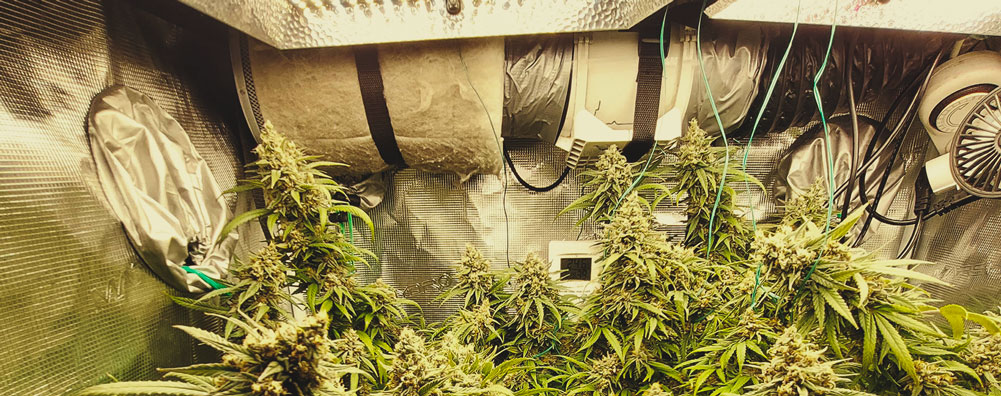
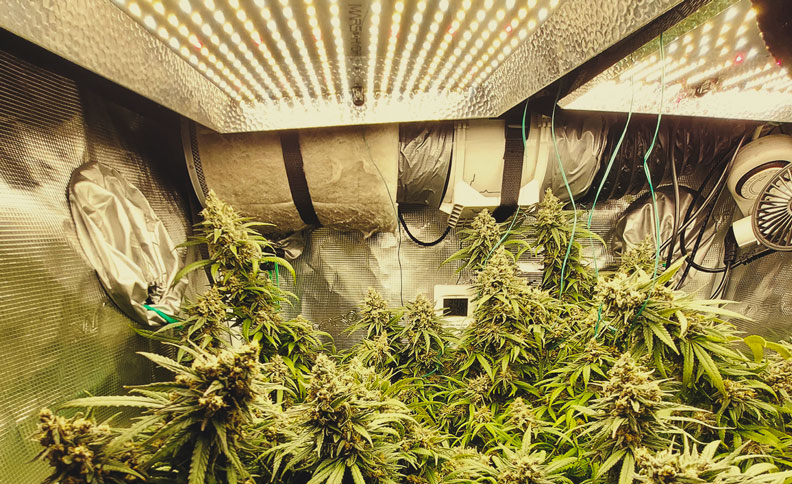
Aroma and taste
The smell of weed is instantly recognisable. Terpenes are the molecules responsible for this delightful aroma. These aromatic hydrocarbons are found all throughout nature, and around 200 exist in the cannabis plant. Different strains feature varying levels of terpenes. Some varieties smell and taste fruity, whereas others are more floral, grassy, fuel-like, or earthy.
It's important to have an idea of how a strain is going to smell and taste. If you're not a fan of the taste of your harvest, then you've wasted a lot of time growing that strain! The best way to determine if you like a strain is to try it. If that's not possible, then you're in luck. Most seed banks provide detailed scent and flavour profiles with their strains. Some of them even detail specific terpene levels. Research the terpene profile of a strain before you buy it to make sure it matches your preferences.
If you're looking for something fruity and tropical, you need to try Fruit Spirit. This terpene-enriched hybrid is the progeny of Blueberry and White Widow, and sets the taste buds ablaze with every toke. Fruitiness doesn't appeal to every grower. Luckily, there's a broad range of flavours out there. Chocolate Haze brings something completely different to the table. This delicious sativa offers an electrifying high paired with tastes of sugar and chocolate.
Can you mix different strains in the same grow?
Are you looking to experience more than one set of flavours and effects at once? If so, you’re probably curious about mixing weed strains. So, can you grow more than one variety in your grow room or greenhouse? Absolutely! But there are pros and cons to this approach. The benefits include expanding the palette of flavours and diversity of effects come harvest time; mixing different terpenes will provide you with buds for different times of day, for example.
However, mixing strains can quickly become a juggling act. When starting out, we recommend growing varieties that reach similar heights and have almost identical growing cycles and flowering times. This will help you avoid one plant growing too tall and overshadowing the others, and from harvesting one variety but having to wait another month to receive a yield from another. Eventually, you’ll feel comfortable enough to mix vastly different strains in the same growing space.
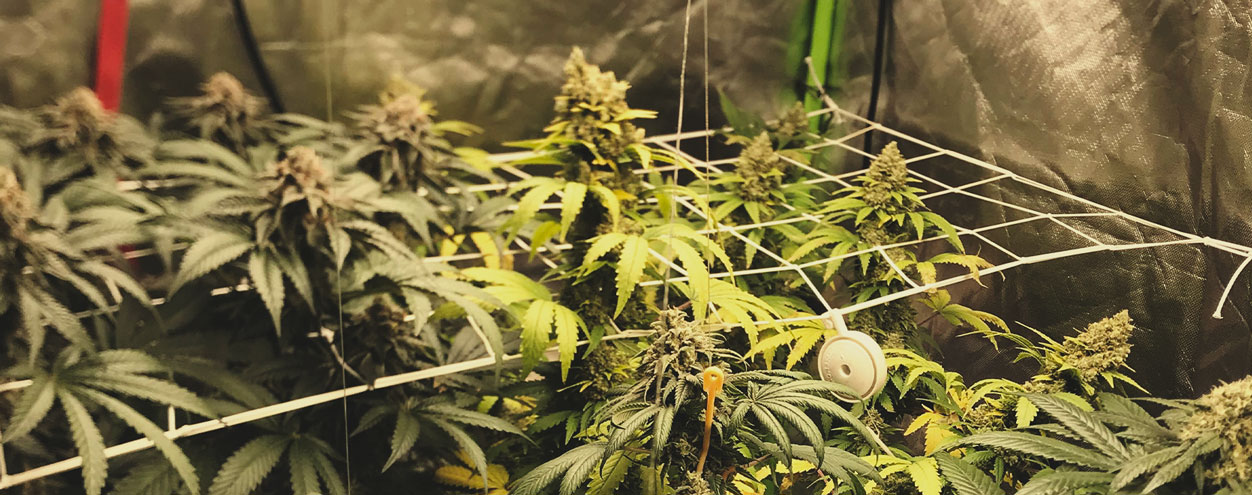
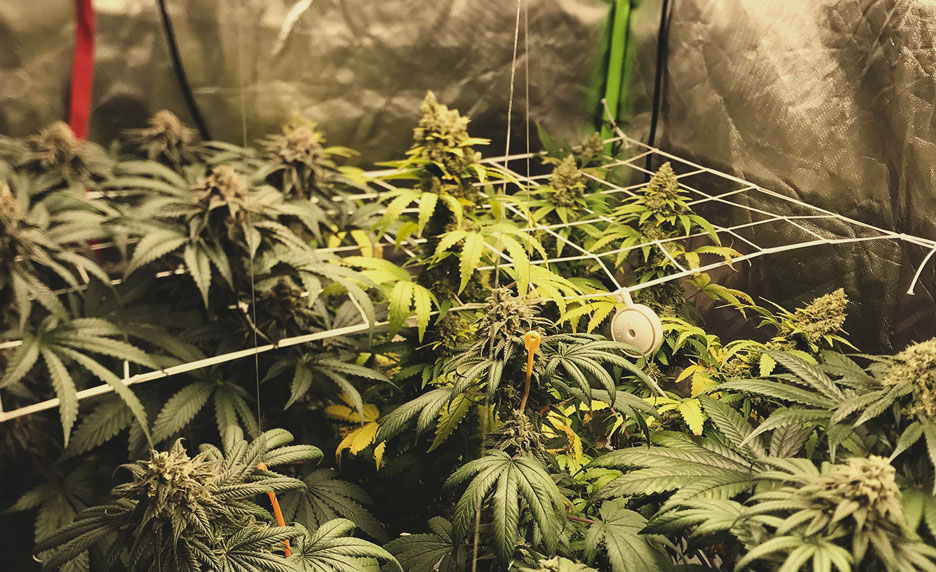
RQS Seedfinder Tool
Do you feel overwhelmed by the amount of choice out there? We created our Seedfinder tool exactly for this purpose. Based on information collected from our professional cultivators, we created an easy-to-use tool that helps our customers streamline the process of strain selection. Simply select your preferences in each stage of the process, and we’ll present to you a group of strains that fit your needs perfectly. The Seedfinder considers your level of experience, where you plan on growing, the size of the plant you’re after, and much more. Make shopping for the right strain easier than ever before.
Ready, set, grow!
You made it! Now that you've considered all of these essential details, you're a lot closer to making the big leap. Remember, space is vital. Get out a tape measure and make sure your desired strain will fit in your setup. Next, consider speed. If you want a harvest as soon as possible, autoflowers are the way to go. Once you've made your decision, commit to the cause. Pour your soul into your grow, and you'll experience the satisfaction of blazing your own harvest.
Part. 1: Choosing Outdoor Seeds To Grow In Your Climate. What kind of cannabis you choose to cultivate and where you sow the seeds will dictate your outdoor crop’s performance.
Part. 3: Choose The Right Cannabis Seeds For Your Particular Needs. By the end of this article, you’ll be a bona fide bud buff, cropping the specific cannabis strains best suited to your requirements.


























